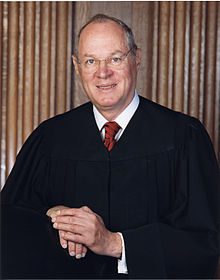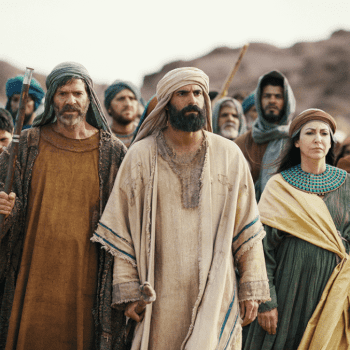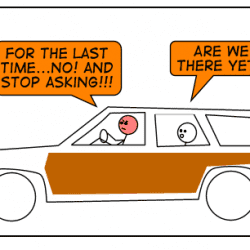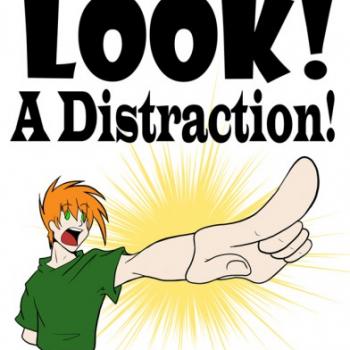 I’ve always been fascinated by the supreme court. I think I read Jeffrey Toobin’s book, “The Nine,” in about 36 hours. I think the most interesting part about the court is how set apart it seems to be, not beholden to the other two branches of government in making their decisions. Yes, they bring their ideology and perhaps even some partisanship to the bench, but once they’re in, they can rule however they see fit for as long as they choose to serve.
I’ve always been fascinated by the supreme court. I think I read Jeffrey Toobin’s book, “The Nine,” in about 36 hours. I think the most interesting part about the court is how set apart it seems to be, not beholden to the other two branches of government in making their decisions. Yes, they bring their ideology and perhaps even some partisanship to the bench, but once they’re in, they can rule however they see fit for as long as they choose to serve.
As autonomous as they are in their authority, the justices hardly live in a vacuum. I was reading a piece in TIME Magazine about Justice Anthony Kennedy, a critical swing vote in the court, and one thing in particular stood out to me. Few people may realize this, but one relationship in Kennedy’s life may have done more for gay rights in America than many better known movements for equality throughout our history.
Kennedy became good friends with Gordon Schraber, the dean of his law school, and Schraber became somewhat of a mentor for the young Kennedy. Over time, the article states, it became clear that Schraber was living an emotionally difficult secret life as a closeted gay man. Having such a deep respect and love for this man, the relationship deepened his understanding of human sexuality. Professor J. Clark Kelso, from the same McGeorge School of law, says in the article, “‘I don’t see how it (the relationship between Kennedy and Schraber) could not have had some impact’ on Kennedy’s later rulings on gay rights.”
Though traditionally more conservative when it comes to his votes on so-called social issues, Kennedy has been a firm supporter of gay rights, as the article notes. So despite Kennedy’s rigorous intellect, tireless work ethic and steadfast commitment to judicial integrity, that one relationship likely has had more impact on his rulings as a key swing vote on the supreme court than anything else.
I’m all in favor of speaking out for what we believe. I support advocating at the legislative level and elsewhere for equality. All of that is important. But this is yet another example of where the real, substantive change takes place; one mind, one heart, one relationship and one person at a time.
It’s interesting that the modern handshake came from warfare. Showing one’s open right hand was a way of demonstrating one was unarmed. And in fact, men used to shake hands not by grabbing hands, but rather by holding one another’s forearms, which is another quick pat-down search of one’s potential adversary to ensure they were harmless. But it also pushed people into physical contact with each other, forced them to acknowledge one another’s humanity. That personal contact is perhaps our most powerful weapon in waging peace.
It’s much easier to throw stones at one another from a safe distance. It’s all together another thing to put ourselves in the vulnerable position of being face to face with something or someone that makes us uncomfortable. But where two are more are gathered – not from deeply entrenched bunkers or behind fortified walls – God meets us there, and beautiful things happen.














